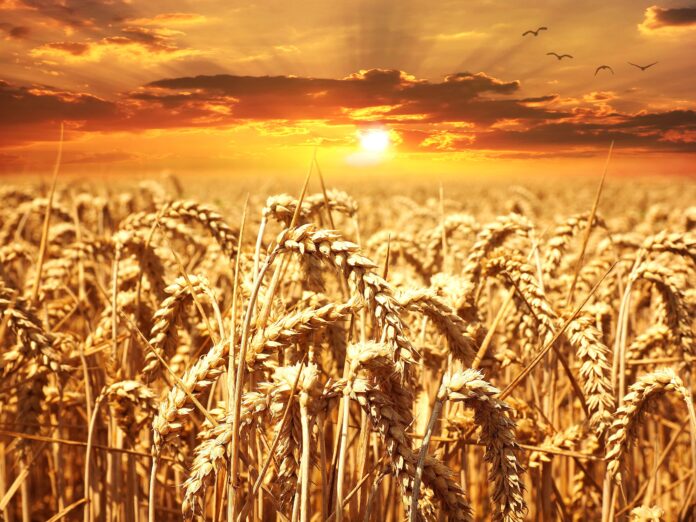Featured Image by Petra from Pixabay
A Serious Problem in Our World
According to the World Health Organization, a department of the United Nations, Malnutrition is defined as “deficiencies or excesses in nutrient intake, imbalance of essential nutrients or impaired nutrient utilization.” It has been reported that about 1.9 billion adults around the world are currently overweight, which is even more than the 462 million that are underweight. Malnutrition affects people of all age groups, particularly children, as about 149 million children less than 5 years of age are not tall enough for their age. This is a result of the lack of food required for the body’s positive development and growth.
Because malnutrition is such a serious problem in our world and is not resolved even in the present times, I have decided to write about it to inform the broader public about its serious consequences for all those it affects.
The Different Types of Malnutrition
The four general groups of undernutrition are wasting, stunting, underweight, and deficiencies in vitamins and minerals, as clearly defined on the WHO website. Note that all of these terms are scientific, and none of them is meant to be derogatory to those who have malnutrition.
Wasting refers to the severely low weight a person may have, most likely caused by an infectious disease that caused them to lose the ability to absorb nutrition, such as diarrhea, and instead quickly lose body weight. If such conditions are not treated, there is a relatively high risk of death.
Stunting refers to the low height that a child has when compared to the average in their age group. This type of malnutrition is more related to poor socioeconomic conditions, and the constant, chronic lack of access to food. The saddest part of this type of malnutrition is that children are often prevented from growing a healthy body (which is totally within their rights), and often will be cognitively impaired.
Obesity as a Form of Malnutrition
Believe it or not, malnutrition not only happens through the form of being underweight. As long as a person lacks any form of nutrition at all, they are considered to have the condition of malnutrition. For example, people who are obese often consume an excess of carbohydrates and fats, but sometimes not enough vitamins or minerals like iodine or iron. People who are obese, but lack such minerals also are considered as having malnutrition.
Response to the Malnutrition Crisis
Locally, many food banks can be found in each major Canadian city. On a more international scale, the WHO listed out the 2016-2025 goals in its initiative of the Decade of Action on Nutrition. It calls for many goals, including preparing health systems so they can better account for nutrition needs and taking steps to make sure that trade and investment policies are supporting growing nutrition. Of course, the United Nations alone isn’t able to solve all of the problems in our world. The Canadian Government Canadian Malnutrition Task Force also holds regular meetings and establishes work groups specifically developed to support kids in our nation. It truly takes the effort of everyone and all organizations to make breakthroughs to counter the serious crisis of malnutrition.


